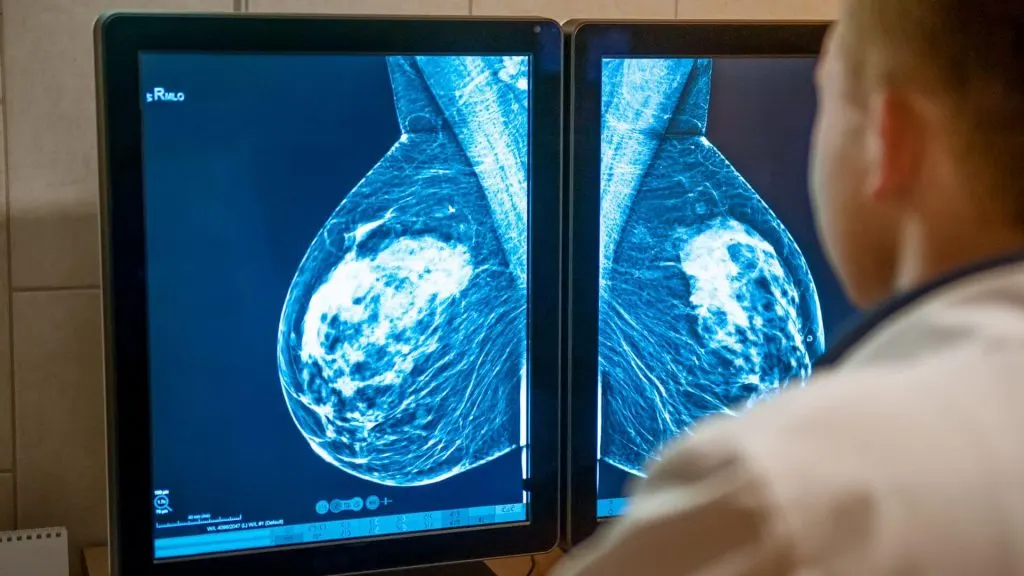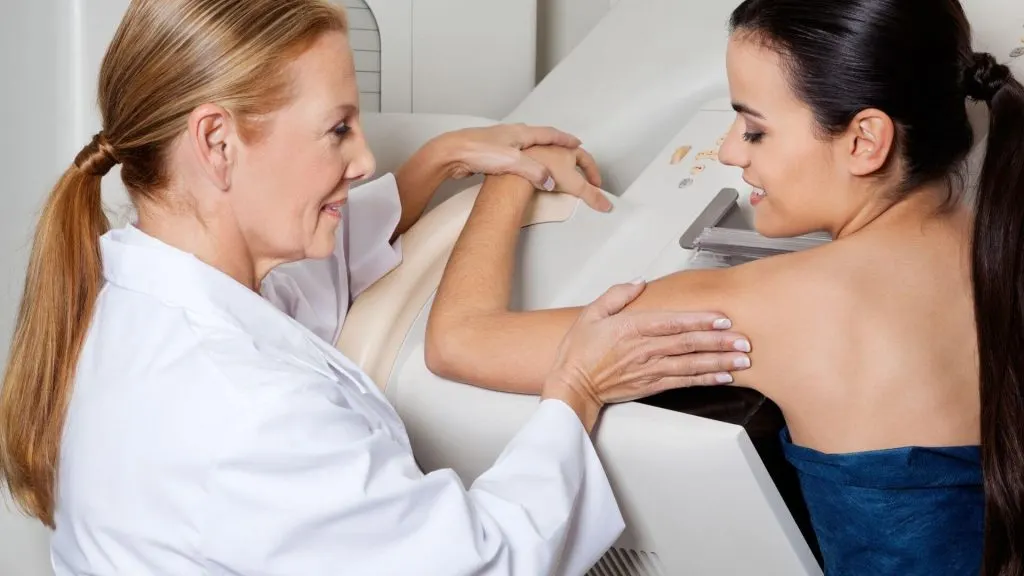Diagnostic mammography is a type of mammogram that is used to help diagnose breast cancer. It is different from a screening mammogram, which is used to find early signs of cancer. Diagnostic mammography is used to help determine the cause of breast symptoms, such as lumps or pain. It can also be used to help plan treatment for breast cancer.
Here are six things you need to know about diagnostic mammography

Diagnostic mammography is different from screening mammography.
Diagnostic mammography uses different images and techniques than screening mammography. The first step in diagnostic mammography is usually a screening mammogram. This allows the radiologist to get a general idea of the breast tissue. If there are any suspicious areas, additional images will be taken. Also, a screening mammogram is usually done with both breasts at the same time. A diagnostic mammogram is usually done on one breast at a time.
You may need a diagnostic mammogram if you have breast symptoms.
If you have breast symptoms, such as a lump, pain, or nipple discharge, your doctor may recommend a diagnostic mammogram. For example, if you have a lump, your doctor may want to see if it is solid or filled with fluid. A diagnostic mammogram can also be used to check for changes in the breast tissue that cannot be seen on a screening mammogram.
Diagnostic mammography uses lower-energy x-rays than screening mammography.
The x-rays used in diagnostic mammography are lower in energy than the x-rays used in screening mammography. This means that they are less likely to cause cancer. However, they are also more likely to cause false-positive results. This means that an abnormal area may be seen on the mammogram, but it is not cancer.

You may need to have more than one mammogram.
You may need to have more than one diagnostic mammogram. This is because the first mammogram may not provide enough information. Your doctor may also recommend additional tests, such as an ultrasound or MRI, to get more information about the breast tissue. Plus, you may need to have follow-up mammograms to check for changes in the breast tissue.
How often you need follow-up mammograms depends on the results of your initial diagnostic mammogram. If your doctor finds no problems, you may need a follow-up mammogram in six to twelve months. If your doctor finds a problem, you may need more frequent follow-ups.
Keep in mind that having more than one mammogram can increase your risk of false-positive results. This means that an abnormal area may be seen on the mammogram, but it is not cancer.
Diagnostic mammography may not be covered by insurance.
Diagnostic mammography is usually not covered by insurance. This is because it is considered a diagnostic test, and most insurance companies only cover screening tests. If you need a diagnostic mammogram, you may have to pay for it yourself.
Also, some insurance companies require a referral from your doctor before they will cover the cost of a mammogram. This means that your doctor will need to provide a reason why he or she thinks you need the mammogram.
There is no special preparation for diagnostic mammography.
There is no special preparation for diagnostic mammography. Wear comfortable, loose-fitting clothing. You may also be asked to remove jewelry, such as necklaces and earrings. Then you will need to remove your bra. You will then be asked to position yourself on the mammogram machine.
Additionally, you may be asked to hold your breath for a short time while the images are being taken. This helps to prevent movement and blurriness in the images. Plus, it helps to protect you from exposure to radiation.

Diagnostic mammography is a type of mammogram that is used to help diagnose breast cancer. It uses different images and techniques than screening mammography, which is used to find early signs of cancer and examine the condition of your breast tissue. A diagnostic mammogram is usually done on one breast at a time. If you have breast symptoms, such as a lump, pain, or nipple discharge, your doctor may recommend a diagnostic mammogram. The x-rays used in diagnostic mammography are lower in energy than the x-rays used in screening mammography. This means that they are less likely to cause cancer but more likely to cause false-positive results. You may need to have more than one diagnostic mammogram. Diagnostic mammography is usually not covered by insurance but you may have to pay for it yourself. There is no special preparation for a diagnostic mammogram.

Jessi is the creative mind behind The Coffee Mom, a popular blog that combines parenting advice, travel tips, and a love for all things Disney. As a trusted Disney influencer and passionate storyteller, Jessi’s authentic insights and relatable content resonate with readers worldwide.
